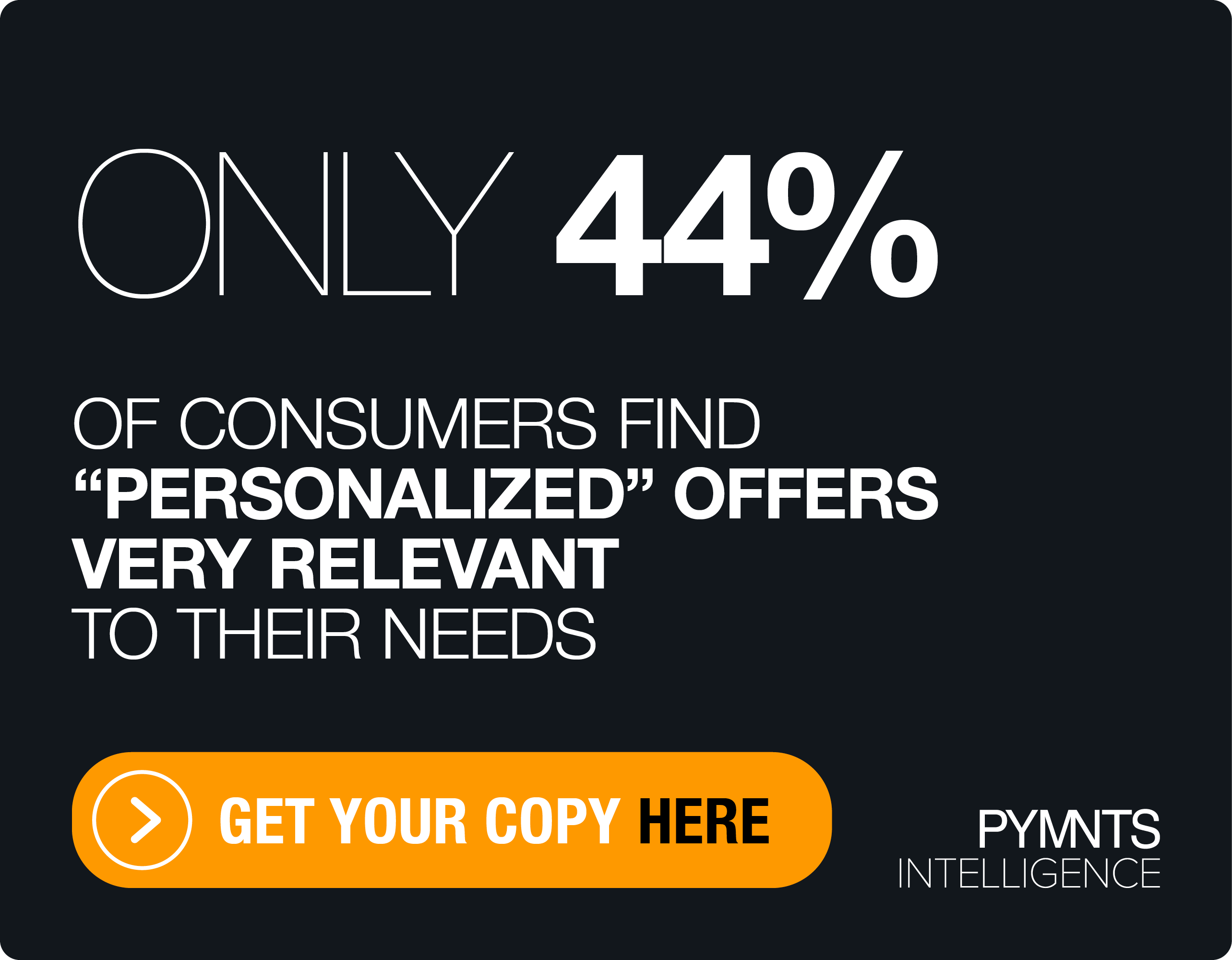Tiller Teams With Microsoft, Debuts Excel-Based Personal Service

Automated personal finance service Tiller now has full support for Excel, with Tiller Money Feeds, the Foundation Template, Daily Account Summary Email, Community and customer support as part of its expanded partnership with Microsoft.
As part of the broadened collaboration, Tiller will release this summer AutoCat, a customizable transaction auto-categorization engine for Excel, according to a company blog post by Edward Shepard, Marketing Lead at Tiller Money, on Thursday (May 26).
About 750 million people use Microsoft Excel, and Microsoft CEO Satya Nadella has referred to the spreadsheet software as the company’s “most important consumer product,” with an estimated 80% of Excel’s small business users relying on it to track their finances.
Tiller’s upgraded service connects 21,000 banks to Excel and imports daily financial data with a click, allowing customers to track their daily spending, account balances, budgets and net worth in their Excel workbooks without data entry or logging into multiple accounts.
Microsoft recommended Tiller to all users of Money in Excel and subscribers of Microsoft 365 in an email and an in-app message to all Money in Excel users.
“By offering full support for Excel, we can accelerate our mission of helping people feel greater confidence and control of their money, lives, and futures,” said Peter Polson, CEO of Tiller, in the company blog post.
Related: 15-Year-Olds Are Reshaping Banking and Credit, and Changes Are on the Way
In related personal finance news, one recent analysis found that parents lent their kids $47 billion in 2019, mostly in the form of down payments on first homes.
Copper Banking co-founder and CEO Eddie Behringer told PYMNTS’ Karen Webster that today’s up-and-comers include Gen Z, born between 1997 and 2012, and teenagers being called “Generation Alpha” by some, born around 2010 in the wake of the housing crash.
“This is really the first generation that has been hyper attuned to the missteps of past generations as it comes to those things,” he said. “What we found is that every 15-year-old in America is looking for a product. They’re looking for their first primary bank account.”
